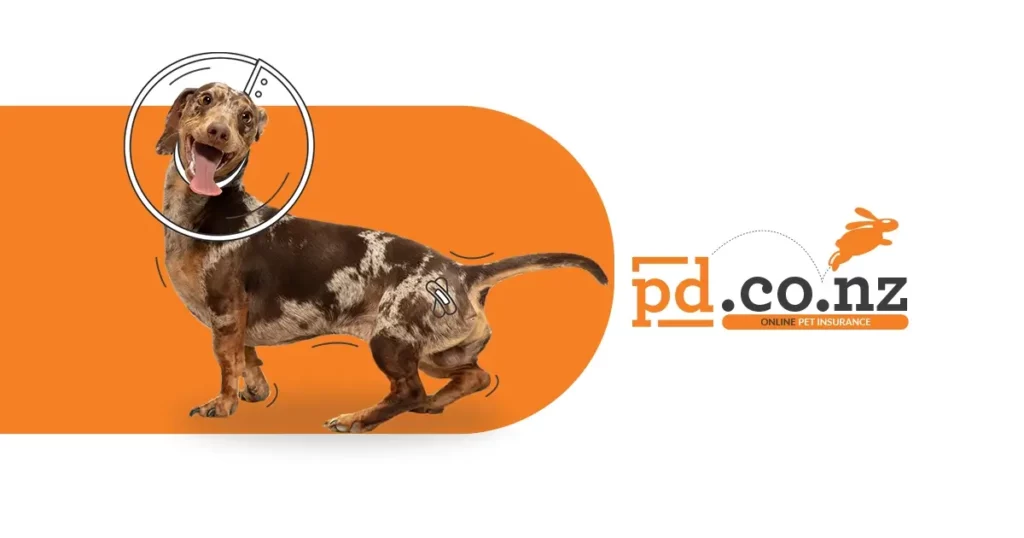6 Common Ways in Which Puppies Interact withTheir Owners
Dog body language is vital for communication, safety, bonding, and assessing well-being. It helps you understand a little pupper’s emotions, prevent conflicts, build trust, and identify potential health issues.
Learn what it means when your puppy behaves in a particular way. Also, consider being equipped with dog insurance NZ, so you have a medical financial backup during distressing health situations and medical emergencies.
If you haven’t bought a policy yet, then consider searching popular pet policies online. Request and compare pet insurance quote provided by various insurers so you can sign up for a policy that best suits your four paws’ health needs and your budget.
Meanwhile, read this article to learn how puppies interact with their humans.

How do puppies interact with their owners?
Canine fur babies use various forms of communication to interact with their owners, even if it’s not always apparent to them. Here is a brief explanation of some of the most common ways they do it.
1.Licking
Licking is often seen in puppies as a nurturing instinct carried over from their mother. Some canines carry this behavior into adulthood to demonstrate love, seek attention, and establish a bond with their human companions. However, note that not all dogs exhibit this behavior, and individual preferences may vary.
2.Turning their head
Some dogs may make direct eye contact, while others may turn their head away when you approach them. Turning the head away can be a sign of avoidance or uncertainty, indicating that the dog may be overwhelmed or unsure of your intentions.
3.Whale eye
The whites of a dog’s eyes, also called half-moon or whale eyes, can indicate stress and anxiety. It’s a behavior where the dog’s eyes are wide, and the whites of the eyes are significantly visible on the sides. This expression is often a sign that a dog is feeling uncomfortable or anxious.
4.Yawning
Yawning in dogs can have a meaning beyond fatigue. This can indicate that a pupper is feeling nervous, anxious, or uncertain about a particular situation or stimulus. It can serve as a calming signal, a way for dogs to communicate their discomfort or attempt to diffuse tension.
5.Sniffing pheromones
Canine fur babies rely heavily on their sense of smell to gather information about their environment, including the people they encounter. The crotch area emits pheromones that contain valuable information about an individual’s sex, age, health, and emotional state. From a pooch’s perspective, this behavior is its way of gathering information and understanding the world around it.
6.Moaning
One common motivation is seeking attention from their owners. If a dog typically doesn’t moan but suddenly starts doing so, it could indicate that something is amiss or that it is trying to communicate a need or discomfort.
Also, dogs may moan to express excitement or greet their owners or others. This type of vocalization usually accompanies other signs of excitement, like a wagging tail or jumping.
As a responsible dog owner, it’s important to pay attention and decipher the message your pet is attempting to convey through moaning. Address any potential needs or discomfort, and consult a veterinarian or professional dog behaviorist if the whining persists or is accompanied by concerning behaviors because it may be suffering from an underlying illness.
Consider being prepared with dog insurance in NZ so unplanned vet costs are more manageable. With the online services offered by most insurers, requesting and comparing a pet insurance quote is relatively simple. You might want to consider signing up for a policy so your pup gets timely medical attention when the going gets tough.